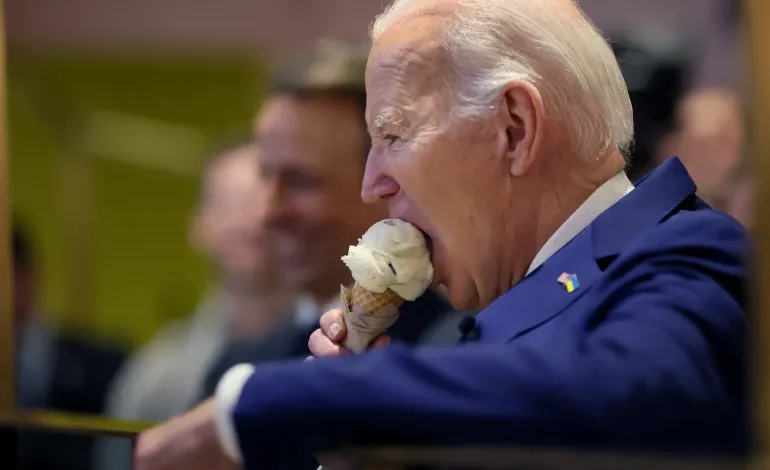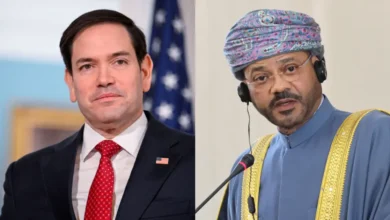Fact check: Did US go from ice cream trade surplus to deficit under Biden?

President Donald Trump’s administration dished out a cold burn to Trump’s ice-cream-loving predecessor, Joe Biden, saying he led the US ice cream industry down an economic rocky road.
“America had a trade surplus in ice cream in 2020 under President Trump’s leadership, but that surplus turned into a trade deficit of $40.6 million under President Biden’s watch,” the Office of the US Trade Representative wrote July 20 on X. The post included a chart that shows the US ice cream trade deficit with Japan, South Africa, the European Union, Brazil, Canada and Turkiye.The US ice cream trade balance did change dramatically in 2021, the year Biden took office. The trade balance officially flipped negative – which means imports outnumber exports – in 2022 and has remained so since then.
But industry experts caution that US ice cream imports account for a minuscule fraction of all the US ice cream consumed in the US, and exports account for a tiny fraction of all US ice cream produced.
The trade change was driven mostly by a jump in imports. Exports have remained largely unchanged since 2020.
And the cherry on top? Disagreement over which products to classify as “ice cream” also affects data, experts say. For example, the data referenced by the office of the US Trade Representative also includes “edible ice”, which some experts (and dairy defenders) say doesn’t qualify as ice cream.
Removing edible ice shows that “the US is a net exporter by a significant margin of ($193 million) or +85% larger by value,” International Dairy Foods Association Executive Vice President Matt Herrick told PolitiFact via email.Ice cream imports increase causes US trade deficit
From 1995 to 2020, the US had an ice cream trade surplus, ranging from about $20m to about $160m, according to the Observatory of Economic Complexity, an online economic data platform. Longtime customers include Mexico, followed by Saudi Arabia and Canada.
In 2021, that surplus nearly vanished, and in 2022 and 2023, the US notched up an ice cream trade deficit of $92m and $33m, respectively.
At first glance, importing frozen foods doesn’t seem practical.










